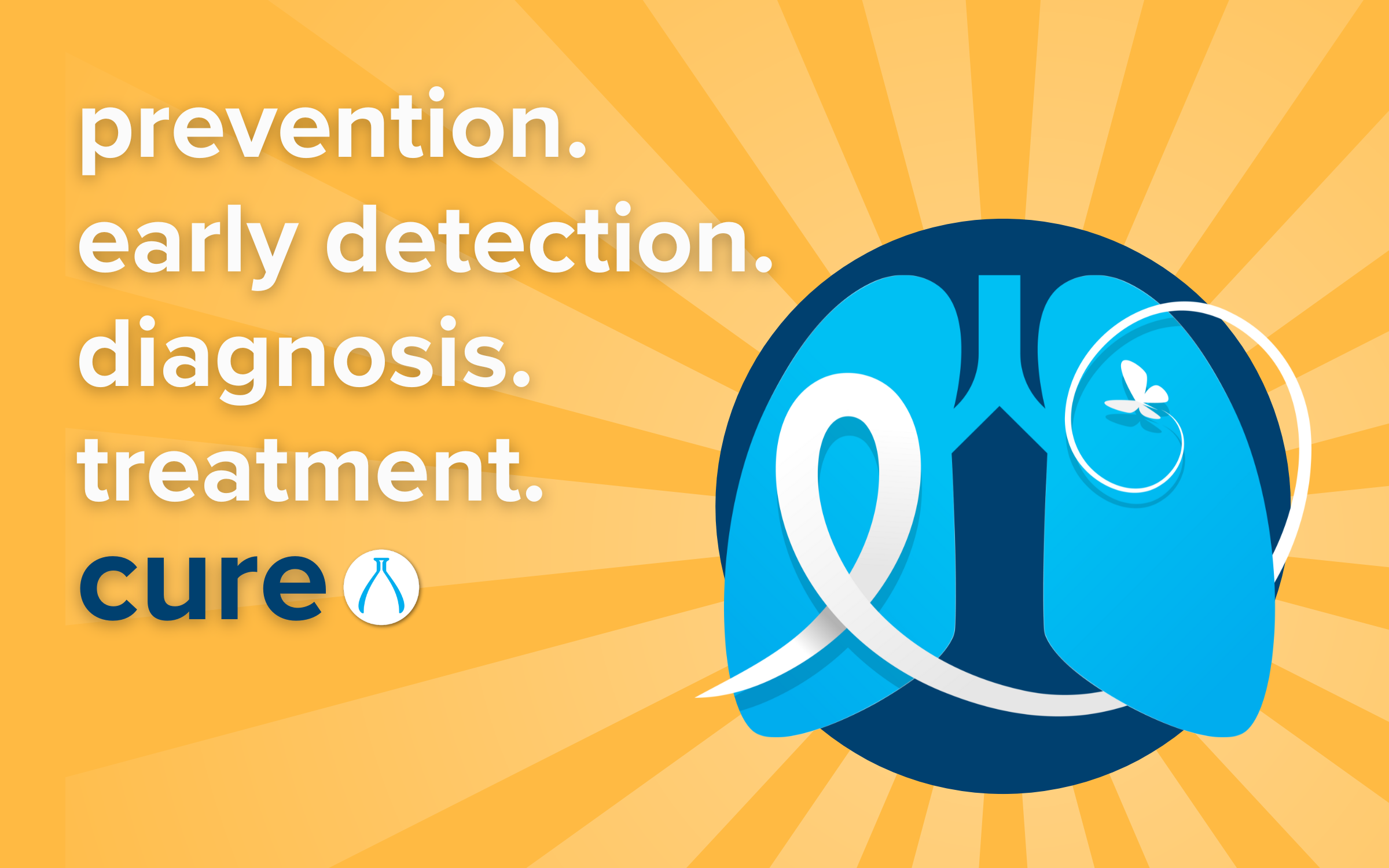Research awards
The Lung Cancer Research Foundation is funding $3.55 million in new research – the largest single-year investment in its history. Three projects received top honors: the James B. Dougherty, MD Award for Scientific Merit; the William C. Rippe Award for Distinguished Research in Lung Cancer; and the Cynthia M. Page Merit Award for Innovation in Lung Cancer Research.
Read more Current projects All grantees to dateConozca Su Riesgo
Know Your Risk for lung cancer
Puede descargar materiales en Español para pacientes, cuidadores, profesionales médicos y aquellos que deseen saber más sobre el cáncer de pulmón y la investigación financiada por LCRF en la parte de abajo.
Aprende más Learn more Ver 'Vivir con Cancér de Pulmón'Our commitment
Research has been, and will continue to be, LCRF’s True North, and we will continue to fund research for the prevention, early detection, diagnosis, treatment, and cure of lung cancer.
LCRF exists to confront gaps in funding of lung cancer research and remains committed to prioritizing science that will have a measurable impact for people with a lung cancer diagnosis and those at risk for one. We will continue to provide resources, education and support for the lung cancer community, and work hand in hand with our advocacy and research partners to support the needs of the community.
About LCRFYoung Lung Cancer
Drs. Eric Singhi and Isabel Preeshagul talked about the nuances of younger people receiving and navigating a lung cancer diagnosis.
View past livestreamsTogether Separately livestream
Join us on May 14 as Drs. Narjust Florez and Isabel Preeshagul talk about the unique challenges faced by women with a lung cancer diagnosis.
RegisterResearch awards
The Lung Cancer Research Foundation is funding $3.55 million in new research – the largest single-year investment in its history. Three projects received top honors: the James B. Dougherty, MD Award for Scientific Merit; the William C. Rippe Award for Distinguished Research in Lung Cancer; and the Cynthia M. Page Merit Award for Innovation in Lung Cancer Research.
Read more Current projects All grantees to dateConozca Su Riesgo
Know Your Risk for lung cancer
Puede descargar materiales en Español para pacientes, cuidadores, profesionales médicos y aquellos que deseen saber más sobre el cáncer de pulmón y la investigación financiada por LCRF en la parte de abajo.
Aprende más Learn more Ver 'Vivir con Cancér de Pulmón'Our commitment
Research has been, and will continue to be, LCRF’s True North, and we will continue to fund research for the prevention, early detection, diagnosis, treatment, and cure of lung cancer.
LCRF exists to confront gaps in funding of lung cancer research and remains committed to prioritizing science that will have a measurable impact for people with a lung cancer diagnosis and those at risk for one. We will continue to provide resources, education and support for the lung cancer community, and work hand in hand with our advocacy and research partners to support the needs of the community.
About LCRFYoung Lung Cancer
Drs. Eric Singhi and Isabel Preeshagul talked about the nuances of younger people receiving and navigating a lung cancer diagnosis.
View past livestreamsTogether Separately livestream
Join us on May 14 as Drs. Narjust Florez and Isabel Preeshagul talk about the unique challenges faced by women with a lung cancer diagnosis.
Register



